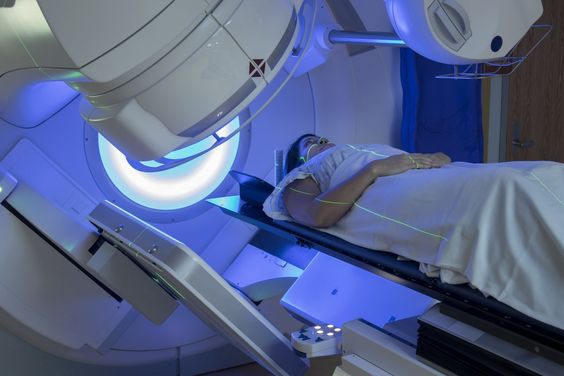Introduction:
Radiation therapy, also known as radiotherapy, is a common cancer treatment that utilizes high-energy rays to destroy or damage cancer cells. It works by targeting the DNA of these cells, preventing them from growing and dividing. While the thought of radiation therapy can be daunting, understanding the process and what to expect can help alleviate some anxieties. This article aims to provide a clear and concise overview of radiation therapy, empowering patients to approach their treatment with greater confidence.

Radiation therapy can be delivered in different ways, including external beam radiation therapy (EBRT) and internal radiation therapy (brachytherapy). EBRT involves directing radiation beams from a machine outside the body towards the tumor site. In contrast, brachytherapy involves placing radioactive material inside the body, near or within the tumor. The specific type of radiation therapy recommended will depend on various factors such as the type and stage of cancer, the tumor's location, and the patient's overall health.
What to Expect During Radiation Therapy:
Before starting treatment, patients typically undergo a planning session called simulation. During simulation, imaging techniques like CT scans or MRIs are used to precisely map the tumor's location and determine the optimal radiation dose and delivery angles. The patient's position during treatment is carefully marked to ensure accuracy and reproducibility. The actual radiation therapy sessions are usually painless and only last a few minutes. Patients lie on a treatment table while a machine delivers the radiation beams.
Potential Side Effects:
While radiation therapy is a highly effective cancer treatment, it can cause side effects. It's important to note that side effects vary depending on the treatment area, the radiation dose, and individual sensitivity. Common side effects include fatigue, skin changes in the treated area (redness, dryness, or itching), and hair loss in the treatment field. Most side effects are temporary and subside gradually after treatment ends. The healthcare team will provide guidance on managing side effects and alleviating discomfort.
The Importance of Communication:
Open and honest communication with the healthcare team is crucial throughout the radiation therapy journey. Patients are encouraged to ask questions, express any concerns they may have, and report any side effects they experience. The healthcare team is there to provide support, address concerns, and ensure the best possible outcome for the patient.

.jpg)